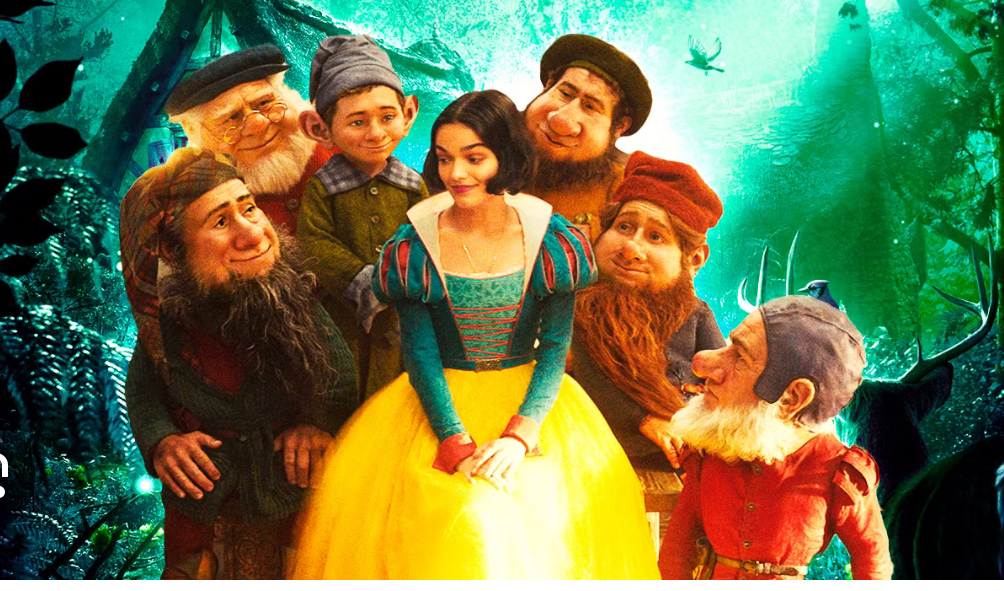“Black Swan” Movie Review
April 12, 2022
Ballet has always been considered one of the highest forms of art. People who take it seriously will pay hundreds of dollars to see a ballet. The way ballerinas can perform such intricate dances with such ease is mesmerizing and can catch the eye of anyone. However, while ballet dancers are praised for their ability to put on amazing performances, many people fail to realize what they must put themselves through and deal with in order to pull off magnificent performances. Mental health is a big problem, as the push to be “perfect” can be very damaging to a dancer— physically and mentally.
Directed by Darren Aronofsky and starring Natalie Portman as ballerina Nina Sayers, Black Swan is a nightmarish portrayal of what happens when perfection is taken too far.
The head ballet instructor, Thomas, announces that their studio will be putting on the classic ballet “Swan Lake” for their first show of the season. He explains that instead of casting two different dancers for the black and white swans, he will instead have one ballerina dance both swans.
Nina, who strives to be perfect, auditions for the role but is told by Thomas that while her control and precision makes her the ideal white swan, she needs to lose herself and appear effortless in order to also be the black swan. Regardless, she earns the role, and all eyes are suddenly on her. She must achieve perfection and realizes that she must encompass the black swan in order to dance the role perfectly. Her dedication takes over, and she becomes too immersed in the psychology of the evil and depraved black swan. This pressure causes her to develop what many would view as psychosis, and it eventually leads to her demise.
A Rotten Tomatoes reviewer shared, “Darren Aronofsky set out to create a dark, psychological retelling of the classic ballet “Swan Lake” and this highbrow horror was achieved to masterful effect.”
The use of symbolism throughout the film is able to perfectly display Nina’s slip into her final black swan mentality. Black/white imagery is used consistently, and it does an amazing job of contrasting Nina’s innocence against her own corruption.
Self-reflection is one of the biggest themes of the film, and through the heavy use of mirrors, Aronofsky is able to show the way Nina becomes obsessed with herself, and how her entire mentality and thought process has changed so she can embrace the black swan.
“Black Swan” is different from other horror movies I’ve seen, as it doesn’t rely on scary visuals to instill fear and suspicion in the viewer. It instead uses subliminal imagery to lead the audience though Nina’s mind in the same way she does. This movie is an excellent display of a declining mental health, and it actually brings attention to what is a very pressing issue, especially in an environment like Nina’s. Between the amazing imagery and the even better message, “Black Swan” is and always will be one of my favorite movies.




































